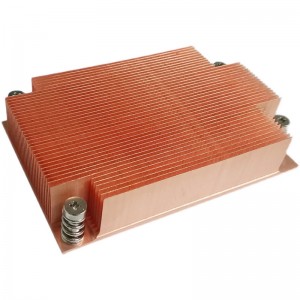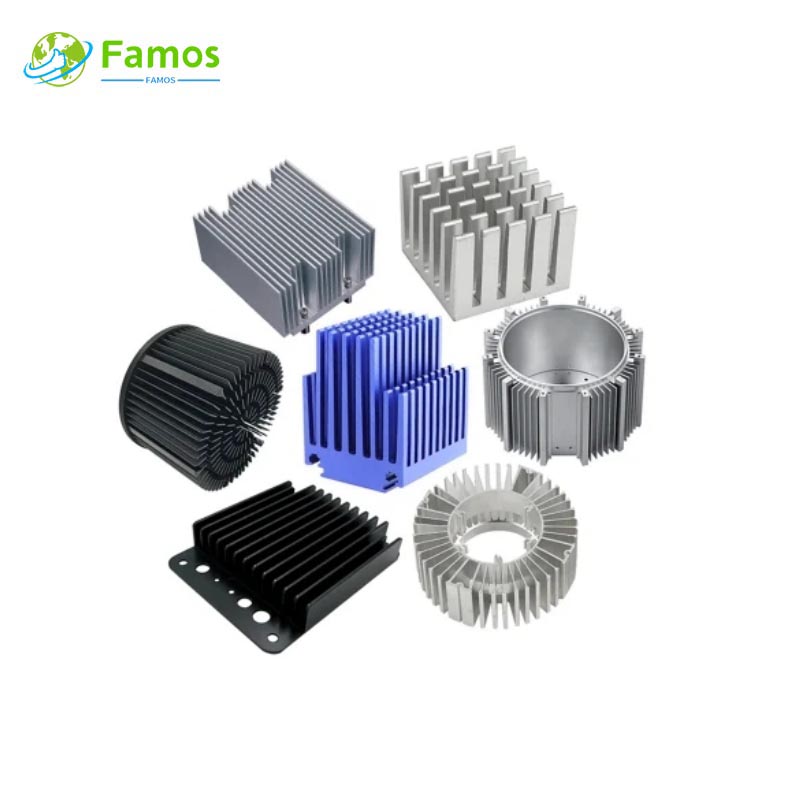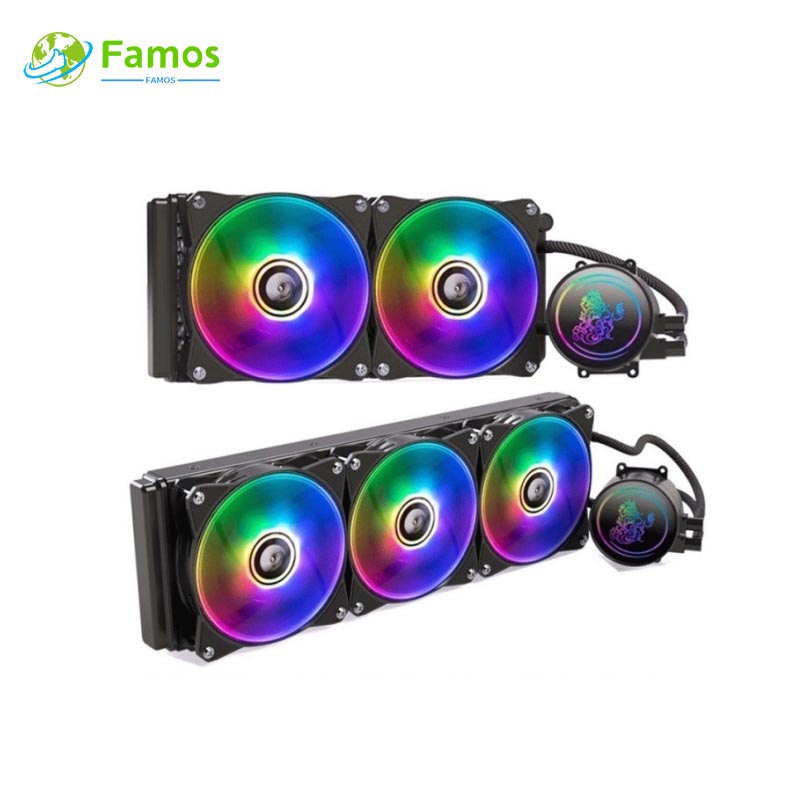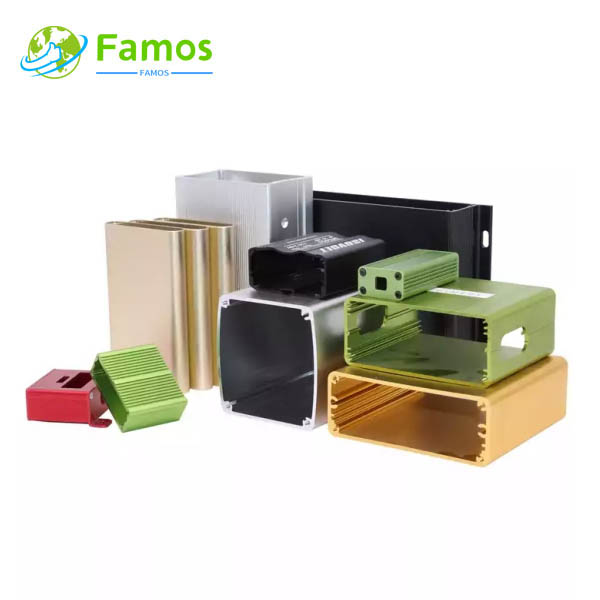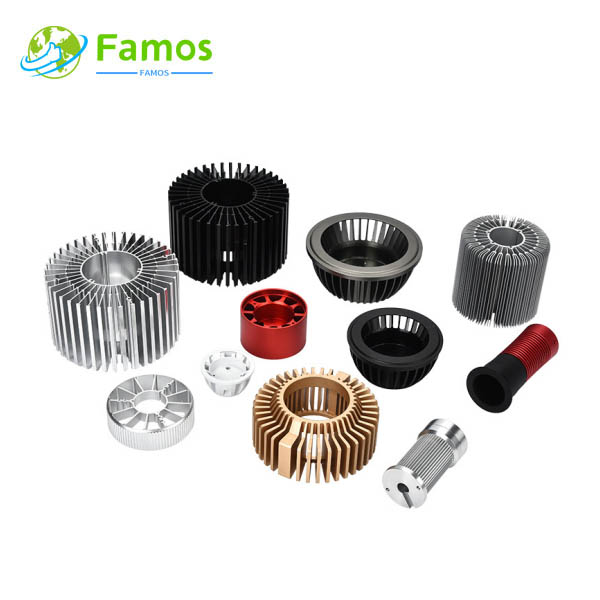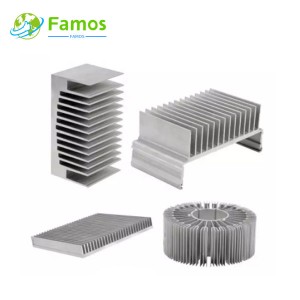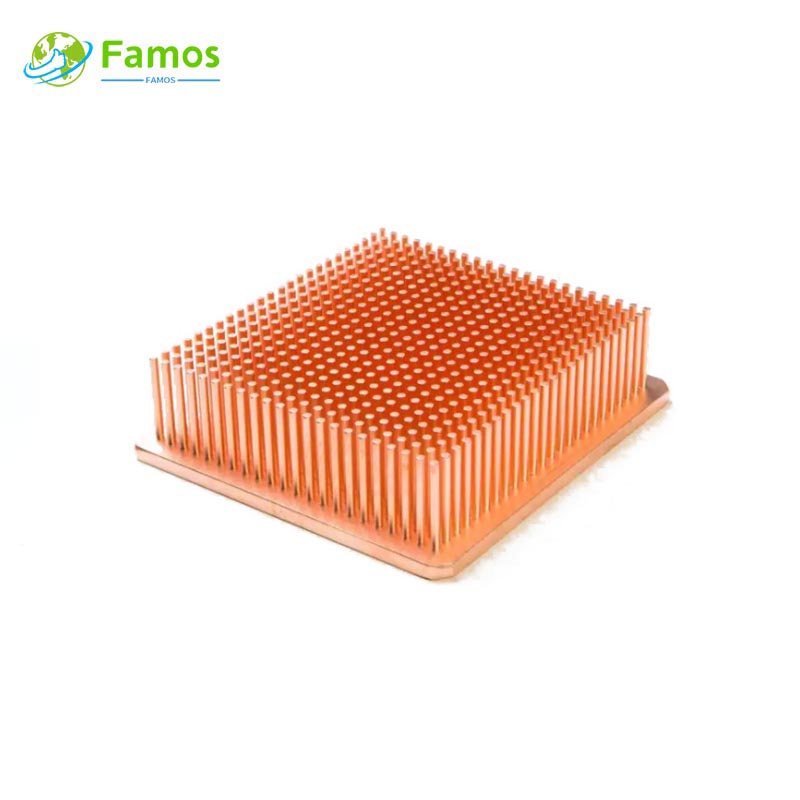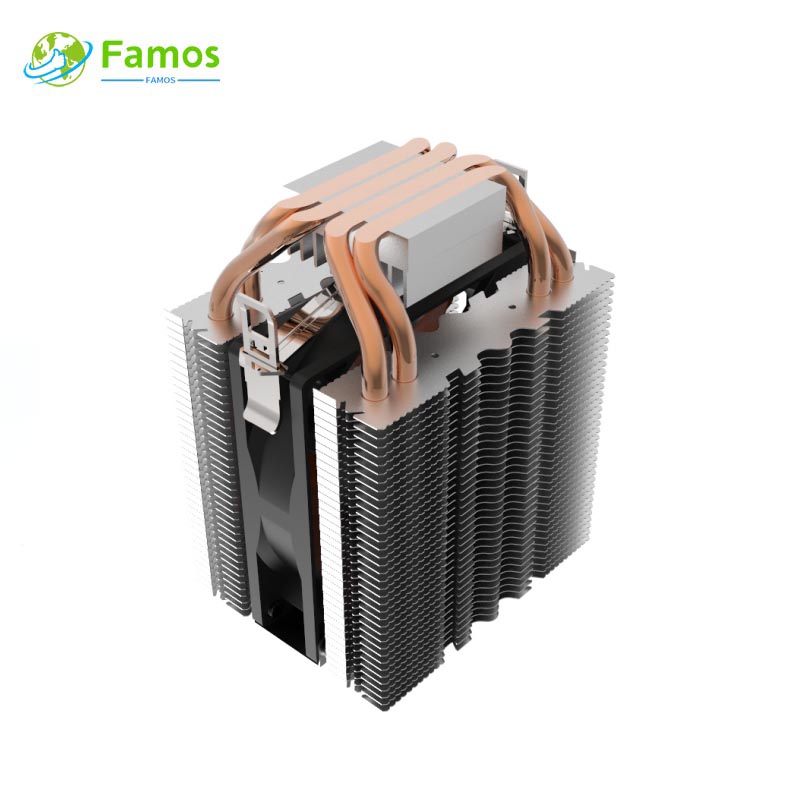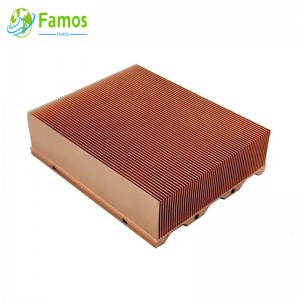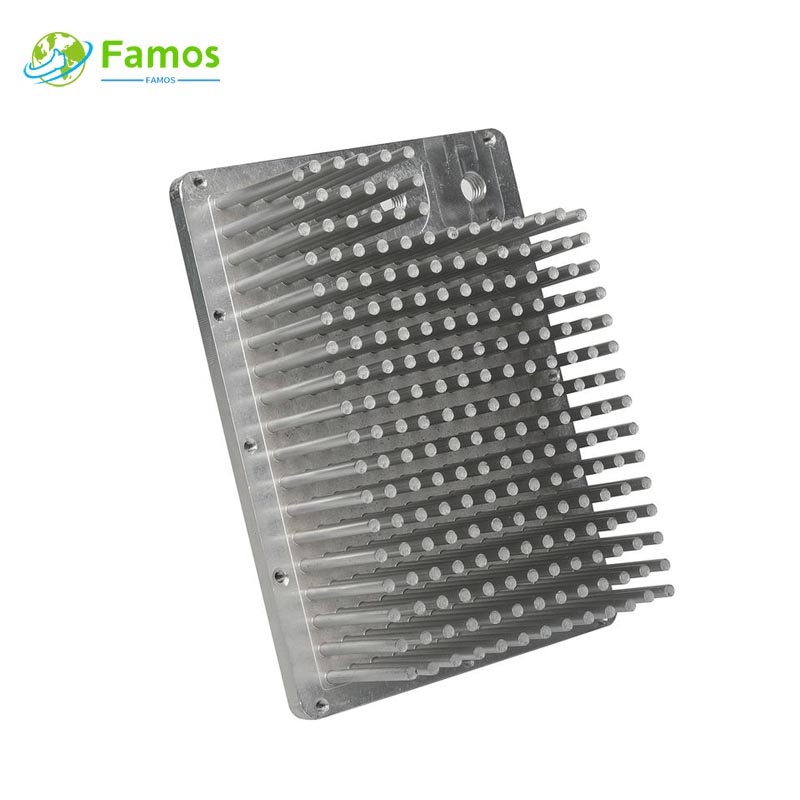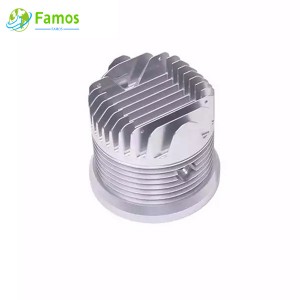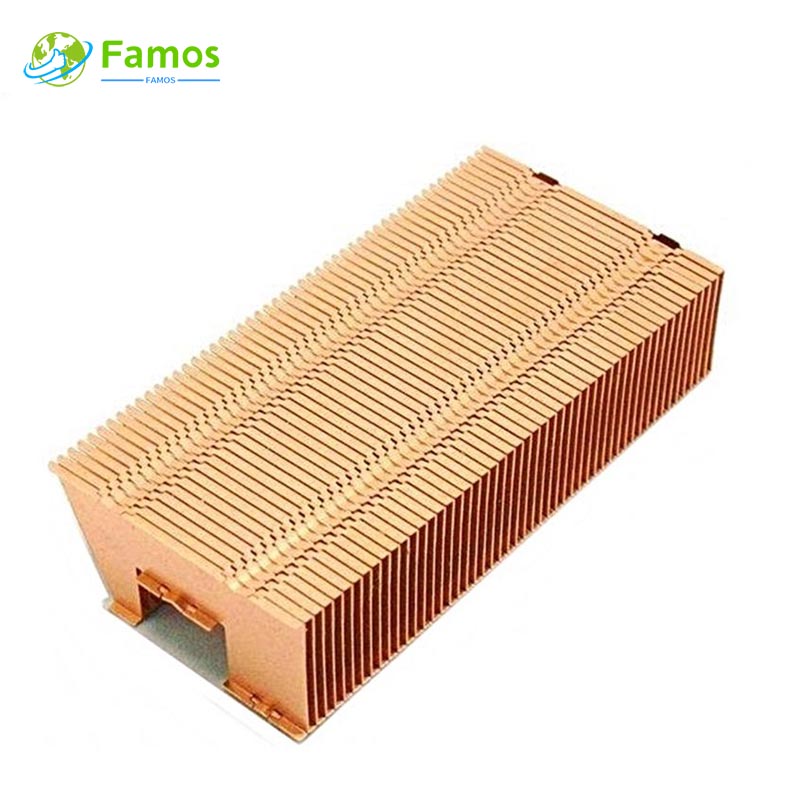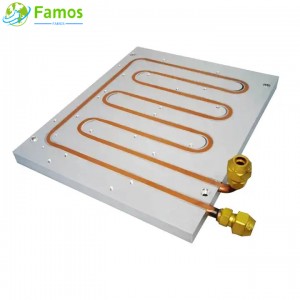Custom Heatsink Design Considerations: Crafting Efficient Thermal Solutions
When designing electronic devices, it is crucial to provide sufficient cooling systems to ensure that the components don't overheat. A custom heatsink design is an effective thermal solution that helps dissipate heat produced by electronic components. While the concept of a heatsink may seem straightforward, its design involves many considerations that can affect its efficiency and performance.
In this article, we delve into the details of custom heatsink design and provide insights into critical considerations that engineers must take before producing a thermal solution.
Why is Custom Heatsink Design Important?
The primary reason for custom heatsink design is to enhance the efficiency of cooling components. The electronic component generates heat, which must be removed to prevent thermal damage, which can affect performance and lifespan.
Developing a reliable heatsink design is essential to prevent failures due to high temperatures, which can lead to device failures or even safety hazards. A well-designed custom heatsink design will efficiently extract heat to sustain the longevity, performance, and reliability of electronic components.
Key Considerations for Custom Heatsink Design
1. Thermal Conductivity
Thermal conductivity is the ability of a material to transfer heat. The higher the thermal conductivity, the better the material is for a heatsink. Copper is a popular heatsink material because it has high thermal conductivity.
However, before choosing materials, factors such as thermal resistance, weight, cost, and other characteristics must be considered. There are alternative materials such as aluminum and graphite, which are less expensive and more lightweight.
2. Surface Area
The size and surface area of the heatsink will determine how much heat it can dissipate. Increasing the surface area of a heatsink enhances its thermal performance. A heat sink with fins or ridges has a higher surface area and, thus, can extract more heat.
3. Thermal Resistance
Thermal resistance is the characteristic that determines how much heat the heatsink can transfer to the air. The lower the thermal resistance value, the better the heatsink is for heat dissipation.
The overall thermal resistance is the combined resistance of all heat transferring interfaces, which includes the thermal interface material. Optimizing each interface can significantly improve heat sink efficiency.
4. Heat Generation
When designing a custom heatsink, it is essential to consider the amount of heat produced by the electronic component. The amount of heat produced will determine the size and shape of the heatsink required.
An electronic device that uses minimal power can efficiently work with a small heatsink. Meanwhile, a high-performance system with considerable heat produced, such as a gaming computer or data servers, will need a much larger heatsink or even multiple heatsinks to manage the high heat production.
5. Airflow
Airflow is the vital consideration when designing heatsinks. Insufficient airflow can hinder cooling performance and cause thermal problems. The key to great heatsink performance is to ensure efficient airflow without any obstacles.
Designers need to consider the airflow path and the velocity of air when developing a custom heatsink design. A heat sink with a larger surface area requires more airflow to dissipate the heat effectively.
6. Weight Restrictions
The weight of the heatsink is a critical factor when designing smaller portable electronic devices. Large, heavy heatsinks generate better cooling performance, but they can increase the overall weight of the device.
Therefore, it is essential to design custom heatsinks that are both efficient and lightweight, which may involve using unique materials or optimizing some structural features.
7. Physical Space
The physical space available within the electronic device also influences heatsink design. Before producing a custom heatsink design, designers must consider the available space for heatsink installation.
Developing a custom heatsink that can fit in tight spaces while also efficiently cooling heat is vital. Some creative heatsink designs include folded or slanted fins to fit into compact spaces.
8. Manufacturing Process
The manufacturing process of a custom heatsink determines its cost, production time, and availability. Choosing a manufacturing process requires a balance of performance, quality, cost, and production volume.
There are several manufacturing processes in the production of heatsinks, including extrusion, die-casting, cold forging, skiving, and stamping. Choosing a cost-efficient and reliable process is essential to minimize production time and costs.
Conclusion
Designing a custom heatsink requires engineers to pay considerable attention to factors that significantly affect heat dissipation efficiency. The above considerations play a crucial role in producing a custom heatsink design that is both efficient and cost-effective.
While every application's requirements may differ slightly, it is essential to appreciate the physics governing heat transfer and optimize custom heatsink designs to maximize heat dissipation.
A well-designed custom heatsink design is the key to enhancing electronic device performance, minimizing failures, and prolonging the lifespan of electronic components. Designers who master heatsink design can create efficient, reliable solutions that meet the demands of any application.
If You Are in Business, You May Like
Types of Heat Sink
In order to meet different heat dissipation requirements, our factory can produce different type heat sinks with many different process, such as below:
Post time: Jun-13-2023

